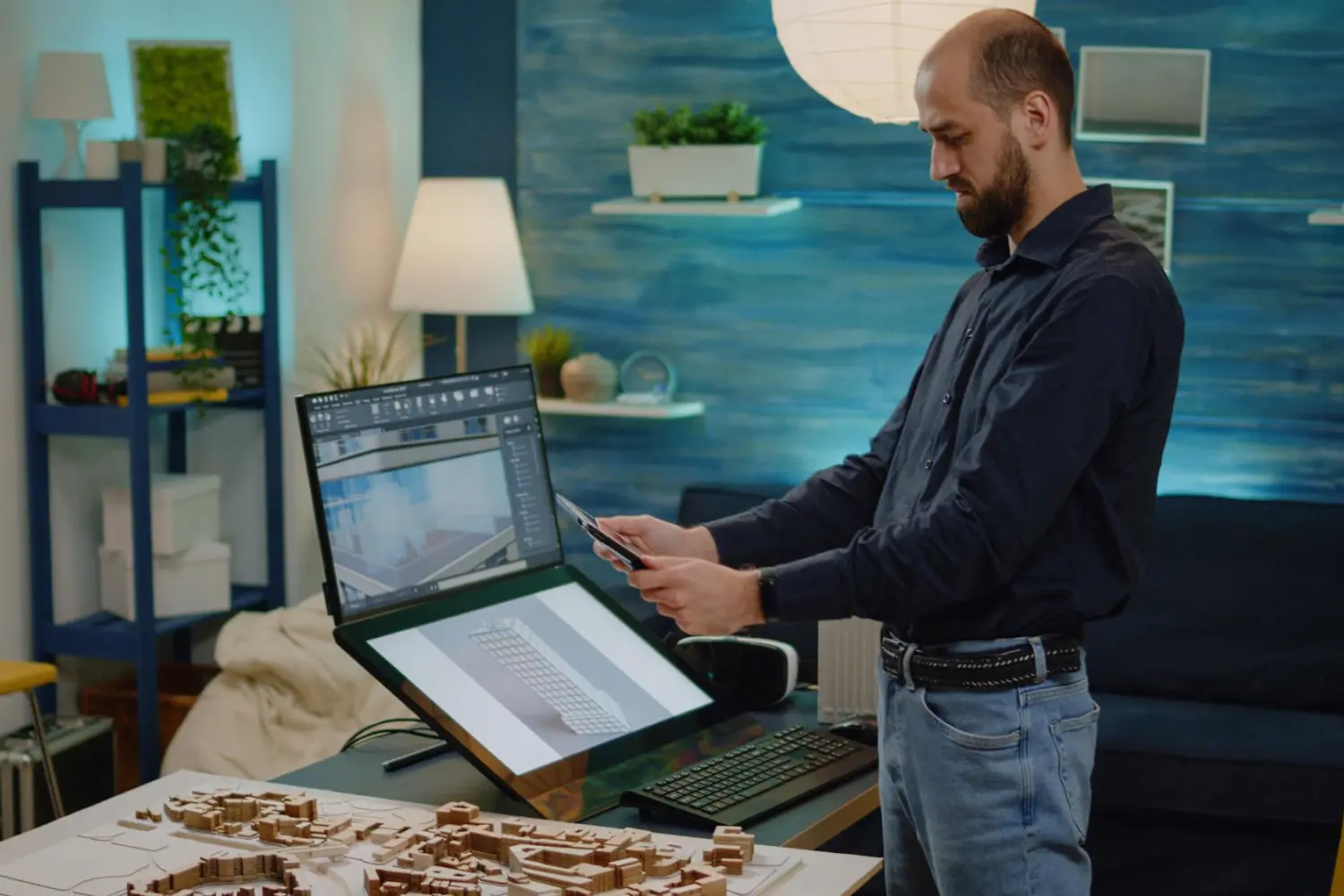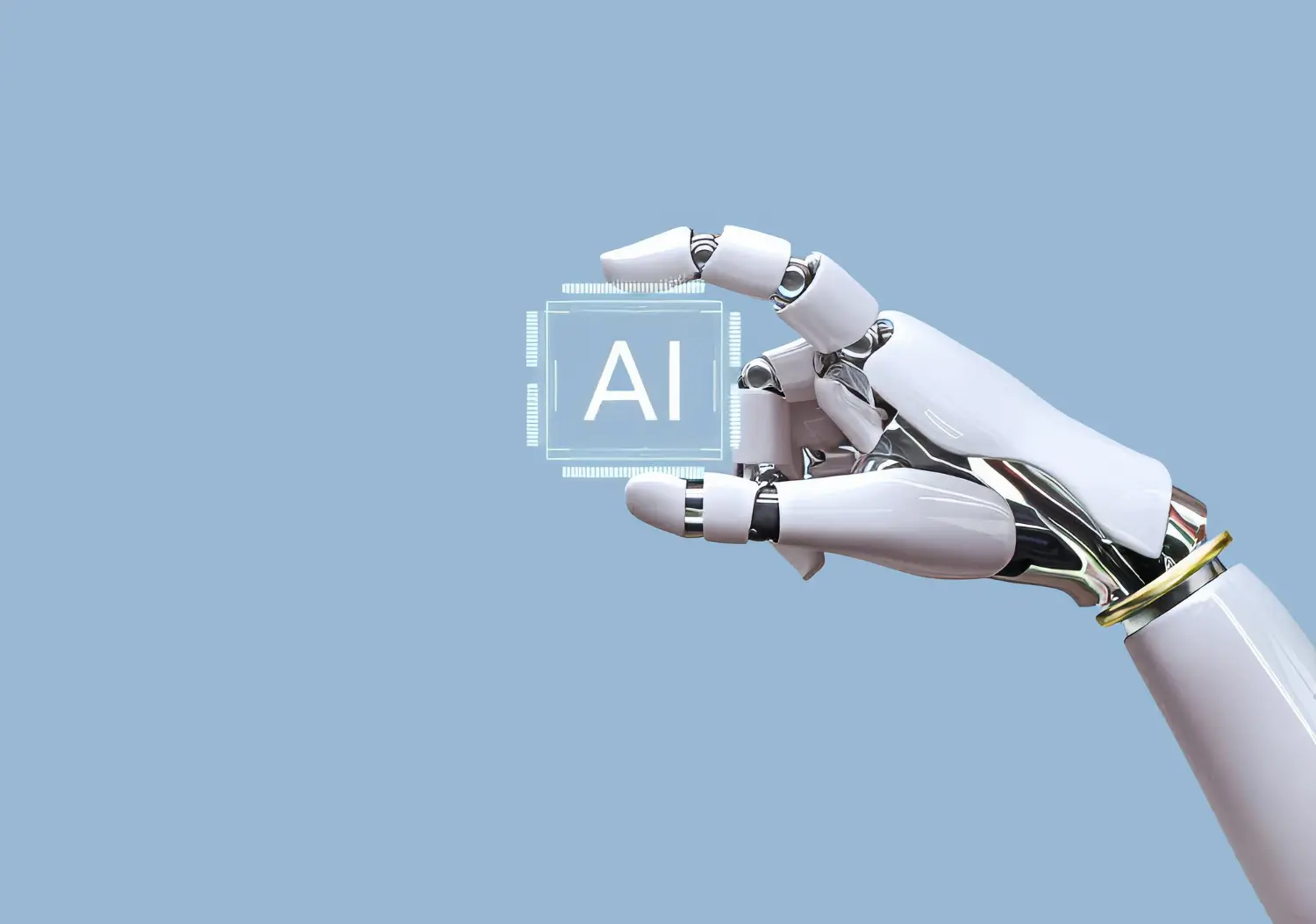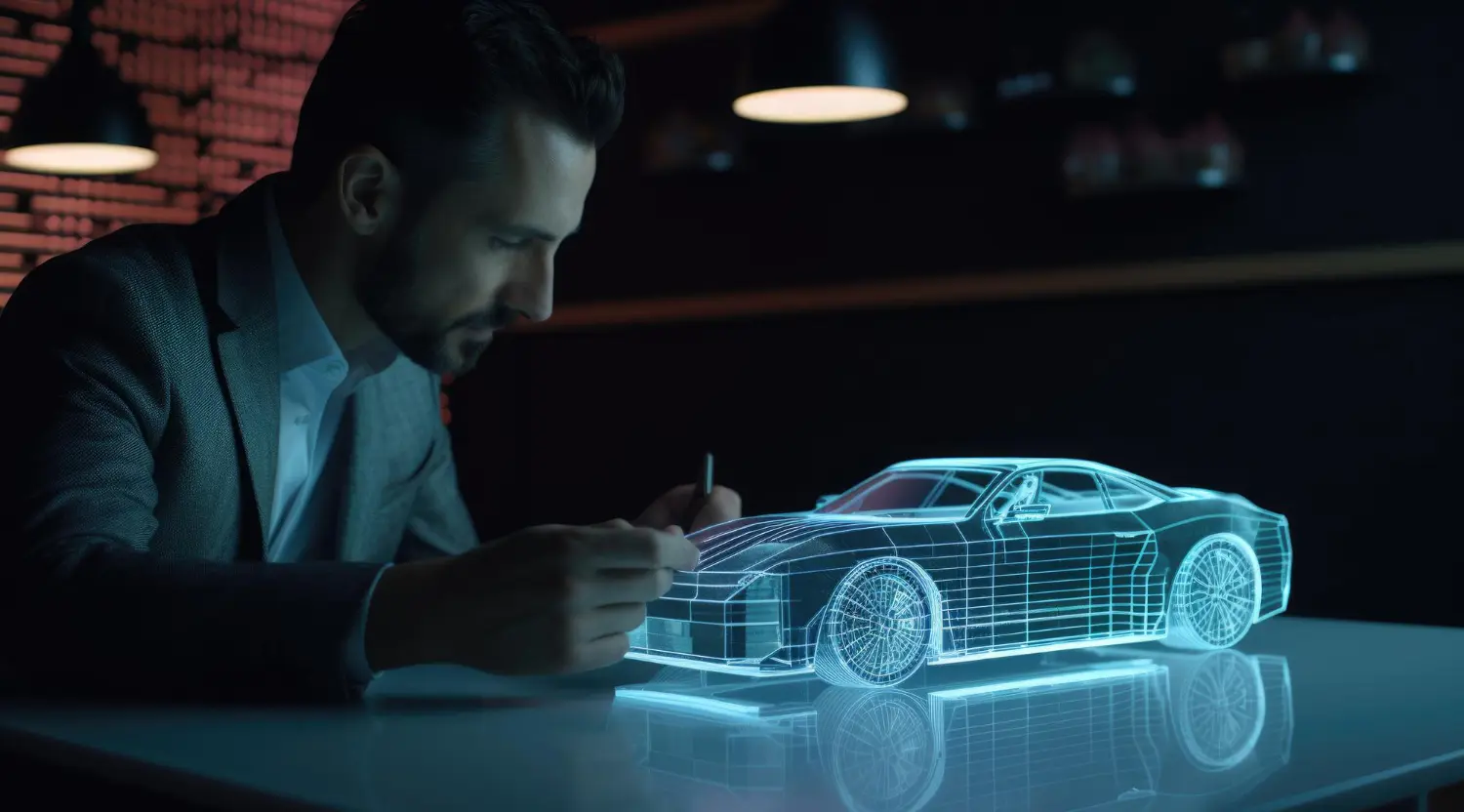3D product rendering is an indispensable tool for businesses, particularly in the eCommerce sector. When companies can create lifelike digital representations of their products, it allows them to omit pricy processes like physical prototyping. This technology offers significant advantages, from showcasing products in various configurations to enabling customers to explore them in a visually immersive environment. As consumers increasingly lean on online venues for their shopping, having a strong visual representation of a product can greatly influence purchasing decisions. With advancements in rendering software, businesses can now deliver realistic, customizable, and interactive product visualizations that make their offerings stand out in competitive markets.
The future of 3D product visualizations is being shaped by several emerging trends that are transforming how products are designed, visualized, and marketed. Companies are leveraging new technologies like AI to enhance rendering efficiency, while cloud-based solutions provide scalability and flexibility. Innovations such as interactive 3D configurators and augmented reality are bringing new levels of engagement to eCommerce, allowing customers to visualize products in ways that were once impossible. Sustainability has grown to be critical, as businesses adopt more environmentally friendly rendering practices to reduce their environmental impact. In this article, we’ll be taking a look at six of the most prominent 3D visualization trends that are driving the future of online product visualization.

Key takeaways
-
3D product rendering allows businesses to replace physical prototypes with digital mockups. This not only cuts down development costs but also lowers the time it takes to bring a product to market.
-
AI-driven automation is revolutionizing how 3D models are created and rendered. With AI handling repetitive tasks, designers can focus on creativity while still producing high-quality, lifelike images.
-
Interactive 3D configurators provide customers with an engaging, hands-on shopping experience. They can personalize products by altering features such as color, materials, or size, all while seeing real-time updates to the product's visual model.
-
Sustainability is becoming increasingly important in the 3D rendering industry. Businesses are adopting eco-friendly rendering practices, such as energy-efficient algorithms and the use of green data centers, to reduce their carbon footprint.
Latest trends in 3D visualization
It can be difficult to keep track of the constant changes in 3D product visualization. Here are some of the most important ones to keep in mind when considering implementing or updating the technology onto your website, including AI, AR, and higher graphical limitations.
AI-driven automation in 3D design workflows
AI is playing a transformative role in 3D product rendering, streamlining workflows by automating repetitive tasks like texture mapping, lighting, and model adjustments. This both speeds up the design process and also enhances the overall quality and realism of the final product. AI algorithms can progressively optimize elements like shadows, reflections, and lighting to create more lifelike renders. The use of AI-driven tools also reduces the time required for rendering, allowing businesses to get products to market faster. Additionally, AI offers design suggestions based on previous data, improving creativity by enabling designers to focus on more complex tasks. This AI product visualization is essential for companies looking to improve efficiency while maintaining high standards of visual quality.

Cloud-based rendering solutions: accessibility and scalability
Cloud-based rendering is a game-changer for businesses of all sizes, offering accessibility and scalability that traditional in-house rendering setups can't match. By utilizing cloud services, companies can offload rendering tasks to powerful external servers, eliminating the need for expensive hardware. This trend allows businesses to scale their rendering capabilities based on project demands, making it more flexible and cost-effective. Cloud-based rendering also supports collaboration, enabling teams to work together in real time from different locations. This is particularly beneficial for companies with remote teams or global operations. Additionally, faster rendering times and easy access to resources make cloud-based solutions ideal for businesses looking to streamline their product design and development processes.
Interactive 3D product configurators
Interactive 3D product configurators are becoming increasingly popular as eCommerce brands look for ways to engage customers. These configurators allow users to personalize products in real time, changing features like color, material, and size, and immediately seeing the results in a 3D-rendered image. This hands-on approach improves customer engagement by offering a more interactive and tailored shopping experience. By giving customers the ability to see exactly what their customized product will look like, brands increase consumer confidence and see higher conversion rates. Additionally, interactive 3D configurators reduce the likelihood of returns, as customers are more informed about their purchase before completing the transaction.
Augmented reality (AR) integration
Augmented reality (AR) is becoming a key trend in 3D product visualization, offering customers a new level of interaction with products. AR allows users to view 3D-rendered products in their real-world environment through their smartphones or tablets. For instance, a customer shopping for furniture can use AR to conceptualize how a couch would look in their own living room before making a purchase. This technology is particularly useful for industries like home décor, fashion, and automotive, where seeing the product in context is critical for decision-making. AR not only enhances customer engagement but also helps reduce returns by giving buyers a clearer understanding of the product.

Photorealistic visualization
Photorealistic visualization is essential for creating highly realistic images that closely mimic real-life photographs. Using advanced techniques like ray tracing, photorealistic visualization allows for precise simulations of how light interacts with a product, resulting in accurate reflections, shadows, and textures. This trend is especially important in industries like eCommerce and product design, where customers expect to see accurate depictions before making a purchase. By providing life-like images, businesses can build trust with customers, enhance their shopping experience, and reduce product returns. As technology advances, photorealistic visualization will continue to improve, offering even greater levels of realism and detail.
Sustainable visualization practices
As the demand for environmentally conscious business practices grows, sustainable visualization is becoming a key trend in the 3D rendering industry. Companies are adopting energy-efficient algorithms and cloud-based solutions to reduce the environmental impact of rendering processes. These sustainable methods involve optimizing visualization techniques to consume less power and utilizing green data centers, which run on renewable energy sources. By implementing these practices, businesses not only reduce their carbon footprint but also align with popular demand for sustainability. As the industry continues to evolve, adopting eco-friendly visualization processes will become a crucial part of maintaining competitive advantages while promoting responsible design and production.
Conclusion
The landscape of 3D product visualization is rapidly evolving, with innovative 3D visualization trends like AI-driven automation, cloud-based visualization, and augmented reality leading the way. Businesses that adopt these trends can improve their design workflows, enhance customer experiences, and contribute to more sustainable practices. We stay at the forefront of these advancements, helping companies create stunning, realistic product visuals that drive engagement and sales. Book your consultation today.






